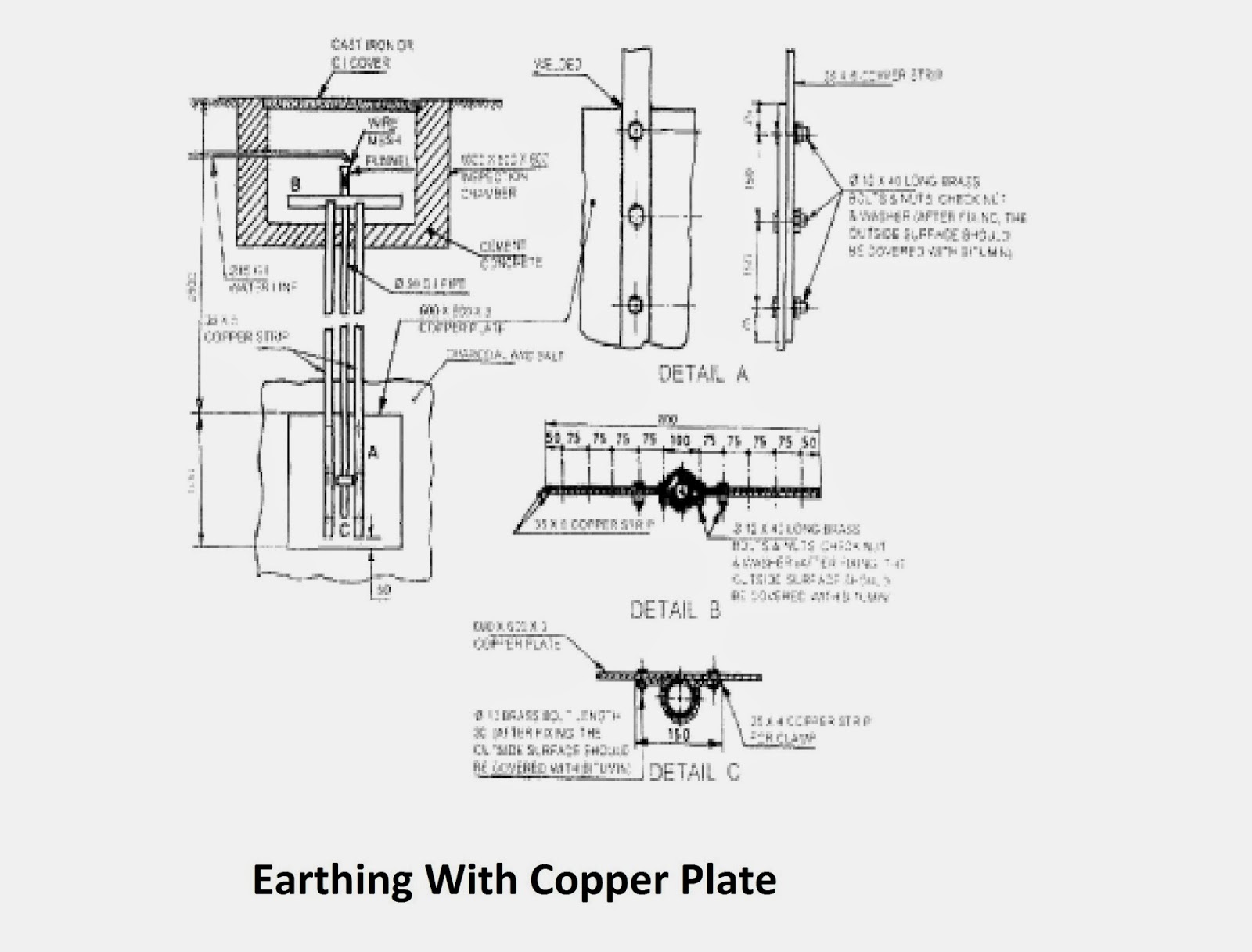American Wire Gauge; AWG calculations
AMERICAN WIRE GAUGE
By definition, No. 36 AWG is 0.0050 inches in diameter, and No. 0000 is 0.4600 inches in diameter.
The ratio of these diameters is 92,
and there are 40 gauge sizes from No. 36 to No. 0000, or 39 steps.
Using this common ratio, wire gauge sizes vary according to the following formula:
The diameter of a No. n AWG wire is the gauge can be calculated from the diameter using and the cross-section area is
. Sizes with multiple zeros are successively larger than No. 0 and can be denoted using "number of zeros/0", for example 4/0 for 0000. For an m/0 AWG wire, use n = −(m−1) = 1−m in the above formulas. For instance, for No. 0000 or 4/0, use n = −3.
Table of AWG wire sizes
The table below shows various data including both the resistance of the various wire gauges and the allowable current (ampacity) based on plastic insulation. The diameter information in the table applies to solid wires. Stranded wires are calculated by calculating the equivalent cross sectional copper area. The table below assumes DC, or AC frequencies equal to or less than 60 Hz, and does not take skin effect into account. Turns of wire is on a best-case scenario when winding tightly packed coils with no insulation.In the North American electrical industry, conductors larger than 4/0 AWG are generally identified by the area in thousands of circular mils (kcmil), where 1 kcmil = 0.5067 mm². A circular mil is the area of a wire one mil in diameter. One million circular mils is the area of a cylinder with 1000 mil = 1 inch diameter. An older abbreviation for one thousand circular mils is MCM.The "Approxismate stranded metric equivalents" column lists commonly available cables in the format "number of strands / diameter of individual strand (mm)" which is the common nomenclature describing cable construction within an overall cross-sectional area. Some common cables are midway between two AWG sizes. Cables sold in
Outside North America, wire sizes for electrical purposes are usually given as the cross sectional area in square millimeters.International standard manufacturing sizes for conductors in electrical cables are defined in IEC 60228.
Note that the area in mm² may differ somewhat from the numbers given in the table, depending on number of strands etc.
Rules of Thumb
The sixth power of this ratio is very close to 2, which leads to the following rules of thumb:- When the diameter of a wire is doubled, the AWG will decrease by 6. (e.g. No. 2 AWG is about twice the diameter of No. 8 AWG.)
- When the area of a wire is doubled, the AWG will decrease by 3. (e.g. Two No. 14 AWG wires have about the same cross-sectional area as a single No. 11 AWG wire.)


Comments
Post a Comment